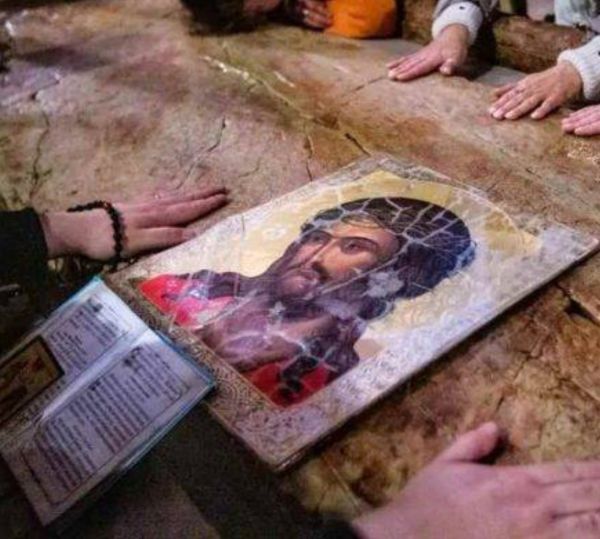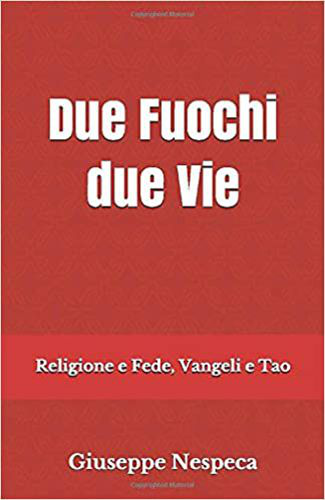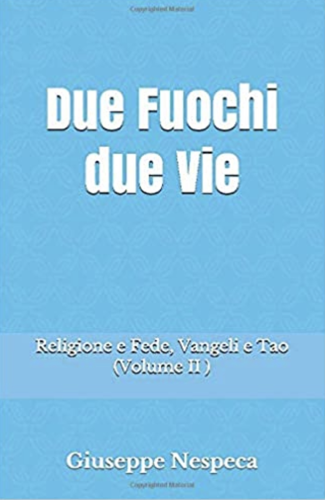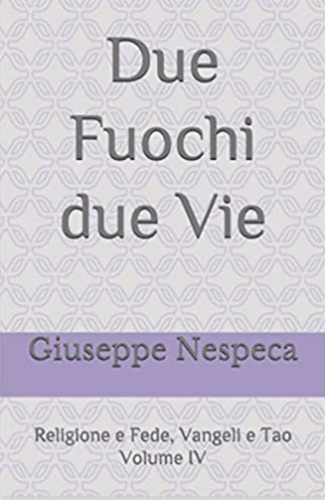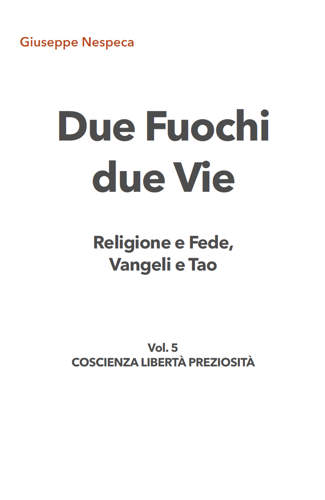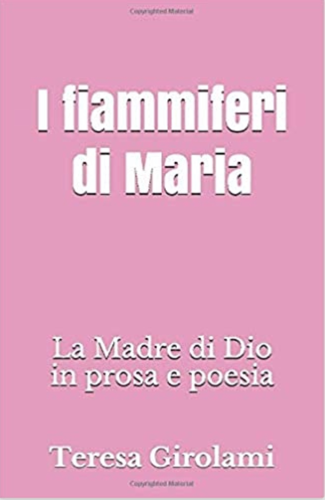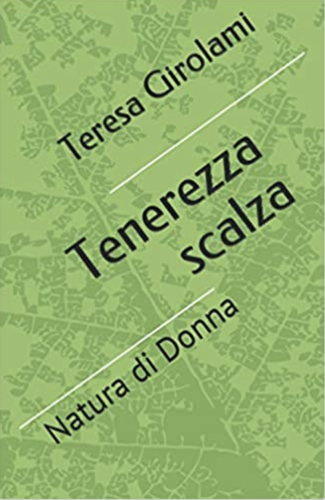In today's Liturgy, Jesus calls for discreet, fraternal correction before taking more drastic measures.
The two Poor Men of Assisi were exemplary people in their fraternal love and in the corrections they made, always seasoned with wisdom, humanity and charity.
Severe with themselves; attentive and merciful with their neighbour.
Francis before acting towards the brothers prayed and even beforehand examined himself.
Clare of Assisi liked to call herself "little plant of the Seraphic Father Francis".
She was always a solicitous Mother and a great example to her daughters and sisters in the Monastery of St Damian.
Even when it was necessary to exhort or remonstrate, she knew how to correct with love and wisdom that came to her from on high.
The Sources attest [Rule of St Clare]:
"Let the abbess admonish and visit her sisters and correct them with humility and charity, not commanding them anything that is against her soul and the form of our profession" (FF 2806).
And again, with an extensive far-sighted look, Clare herself continues:
"I admonish and exhort in the Lord Jesus Christ all my sisters, present and future, that they always strive to imitate the way of holy simplicity, humility and poverty, and also the honesty of that holy life, which was taught to us by our blessed Father Francis from the beginning of our conversion to Christ" (FF 2845 - Testament).
"And loving one another in the love of Christ, that love which you have in your heart, show it outside with works, so that the sisters, provoked by this example, may always grow in the love of God and in mutual charity" (FF 2847 - Testament).
«If your brother commits a fault against you, go and admonish him between you and him alone; if he listens to you, you will have gained your brother» (Mt 18:15)
Wednesday 19th wk. in O.T. (Mt 18:15-20)



